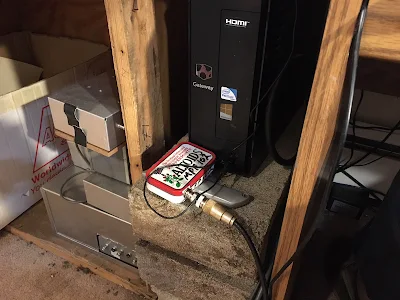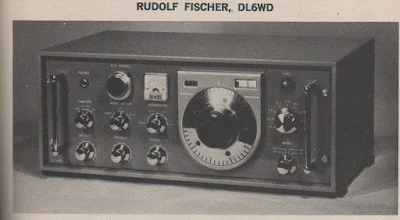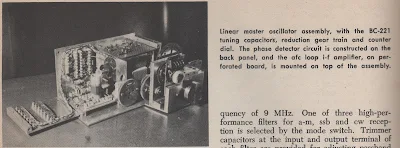I really enjoy listening to these guys, and I suspect SolderSmoke listeners will too. Like the SolderSmoke podcast, it is the perfect thing to have playing in the shack while you are working on something.
Mike N9MS has recorded and placed online many of the net's sessions, some going back to 2015. FB OM. We thank you. Please keep doing this.
Back issues are available at the site below. Just put the letter V in the search box and click. The back issues will then appear.
My message to the group:
Vintagers:
I have now listened to the mp3 recordings of three of your Saturday morning sessions. They are really great. I tried to listen via the airwaves, but I am too far east. To whoever is recording and posting these sessions: please keep up the good work! These recordings allow the FB ham spirit of the net to reach a GLOBAL audience. Please make the older sessions available -- many of us only recently learned of the net and would like to listen to earlier episodes. If server space is a problem, maybe I could help. Let me know. I don't know if you realize it, but you guys are producing a very cool podcast every Saturday morning.
I have now listened to the mp3 recordings of three of your Saturday morning sessions. They are really great. I tried to listen via the airwaves, but I am too far east. To whoever is recording and posting these sessions: please keep up the good work! These recordings allow the FB ham spirit of the net to reach a GLOBAL audience. Please make the older sessions available -- many of us only recently learned of the net and would like to listen to earlier episodes. If server space is a problem, maybe I could help. Let me know. I don't know if you realize it, but you guys are producing a very cool podcast every Saturday morning.
My buddy Steve N8NM tried to check in with his S line last weekend but you guys couldn't hear him. I'm sure he will try to somehow get more fire in the wire. Please be listening for Steve.
As for myself, I find myself plotting the use of one of those WEB-SDR sites to check-in. But I fear the wrath of the brotherhood.
DEATH TO THE VIOLATORS!
73 Bill N2CQR
http://soldersmoke.blogspot.com























































